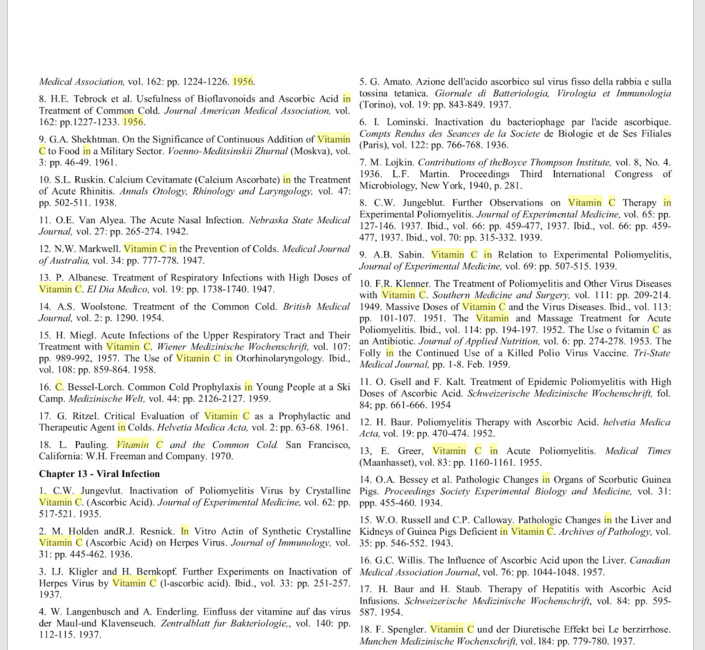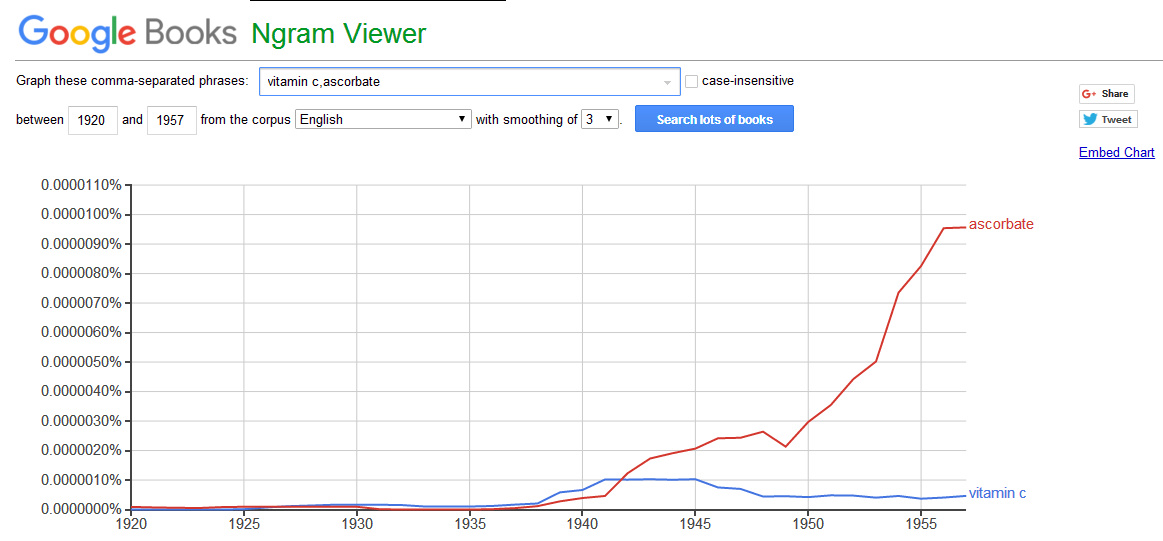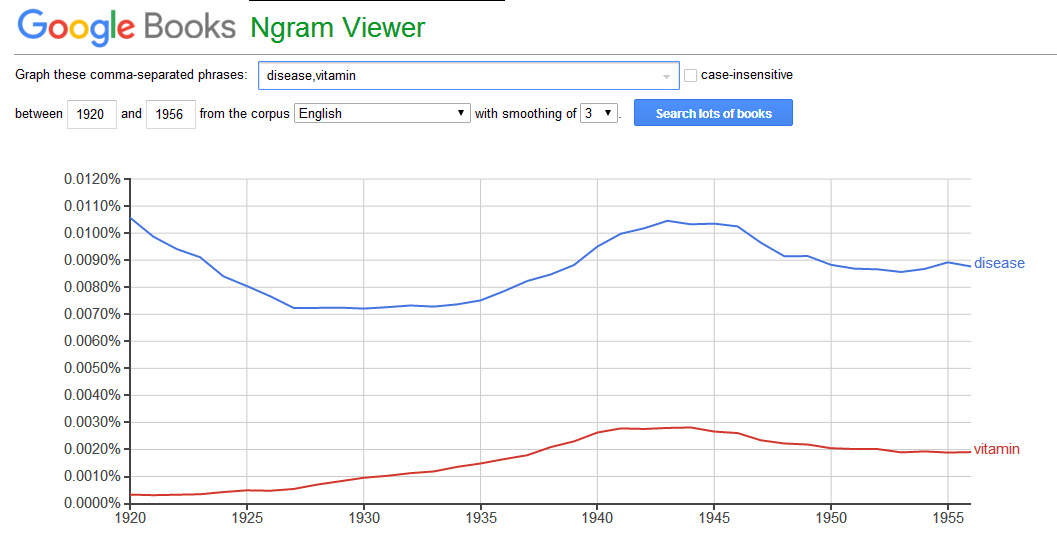The concept of a direct relationship between vitamin C deficiency and rheumatoid
arthritis has not been completely abandoned and, in view of the complexity
of these relationships, should not be discarded. The idea lingers that
somehow a prolonged period of “subclinical” deficiency of the vitamin might
lead to irreversible damage to connective tissues. Is there a benefit to be derived
from vitamin C more than the mere prevention of obvious disease? The League
of Nations Health Organization recommends a daily intake of 30 mg. of vitamin
C for the requirement of a normal human adult. This quantity allows a margin
of safety over the 10 mg. amount found to prevent or alleviate symptoms of
scurvy in the Sheffield experiment in Britain and in Crandon’s experiment in
America. The Food and Nutrition Board of the National Research Council,
U.S.A., recommends 75 mg. per day. The food habits and economies of the
nations, as well as the manner of evaluation, are reflected in these recommendations.
It is of interest that those animals which synthesize their own vitamin
C maintain their tissues at near saturation levels, a state which would require
a daily intake of 7.5 to 100 mg. for the human adult.
At the present time, much ado is being made of the presumed larger amounts
of vitamin C needed under so-called conditions of stress. Consequently, some
physicians advocate the administration of large amounts of the vitamin during
the course of severe infections or after injuries and in other circumstances involving
particularly active metabolism. No injurious effects of the vitamin
have been revealed. Yet others caution against continued administration of
large amounts of a substance whose action is such a complete mystery.
It is generally presumed that vitamin C affects various enzymes through
reactions mediated by its oxidation-reduction potential.





